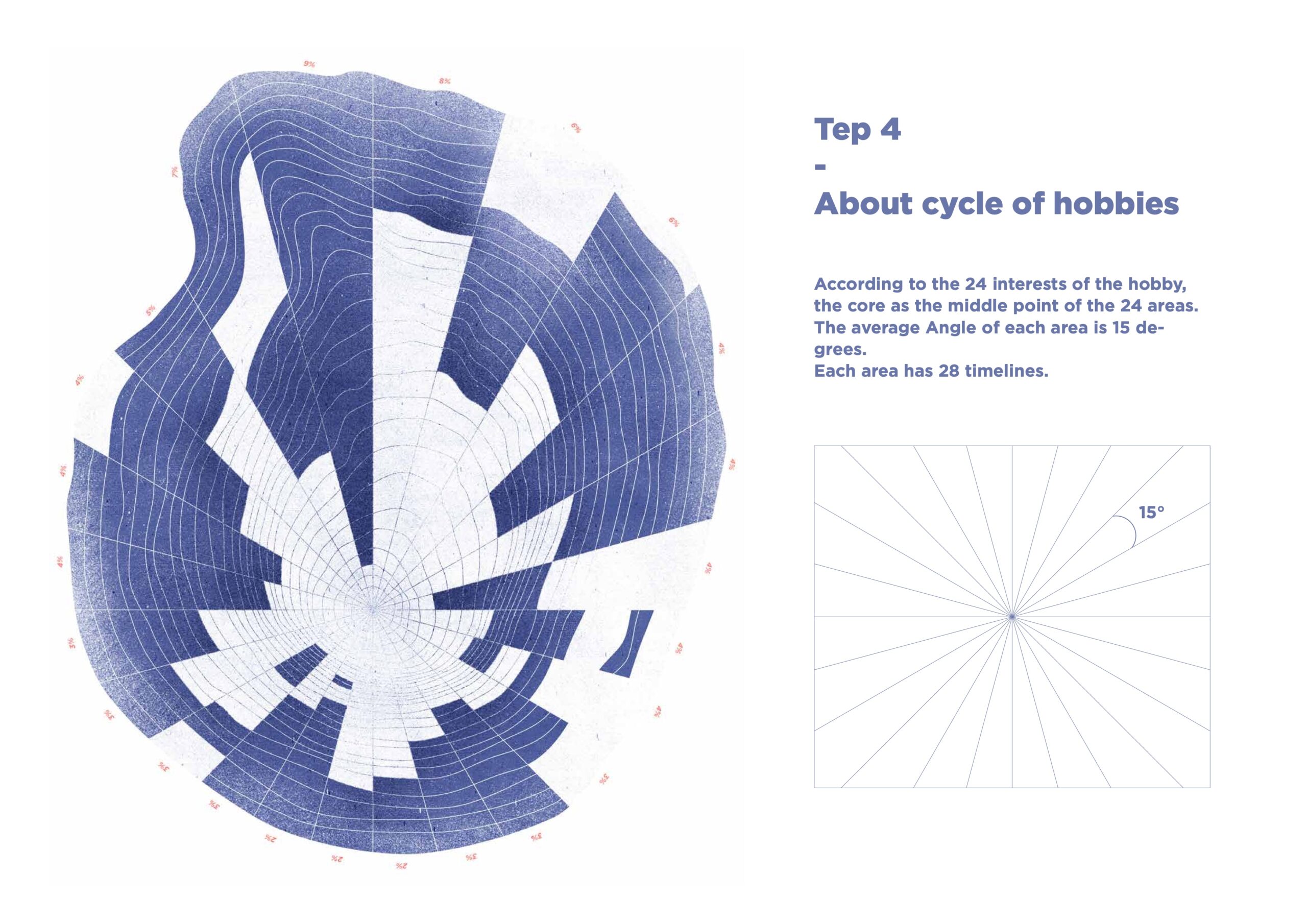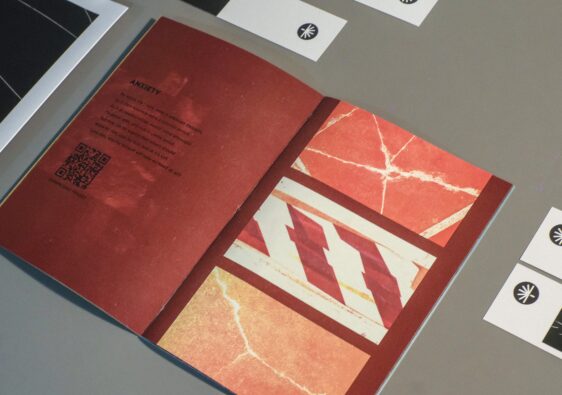Understanding affordance

Affordance, my understanding of the concept, means that a designed object should not only have a surface function, but also have more interaction with people. The interaction between such things and people is called affordance, and there is a communicative relationship between them (Gibson, 1979). At the same time, the video describes the use of a book. Some people use it to read, some use it to scratch an itch, some use it to keep out the rain, and one person uses the pages of the book as paper, which fully reflects the various visual functions of the book. Users in different needs, the use of the same thing is different. Everyone has a different understanding of things and different emphasis on the function of things. This shows that the adaptability of things to people depends on people’s current intentions and abilities (Gibson, 1979). The relationship between the exchange and complement each other, can also be understood as, for example, to use a room, sporty people may acquire all kinds of fitness equipment to use as a gym, people love to drink may be loaded on the bar and desk and chair, a taste of wine culture space, this room is what we refer to things or the environment, and people’s behavior is that people’s intention and ability range. At the same time, the interaction process with the room reconstruction can be understood as affordance. The range of people’s needs and abilities is critical to the room, as they determine what functions the room will have, and also limit the range of people’s interactions with the room (Gibson, 1979). Therefore, it is widely expected to change things (the environment), which can bring convenience or benefits to a greater degree. When designers produce design behaviors, their design thinking is mostly derived from people’s intentions. Through various researches and explorations of people’s needs, they can change things in a variety of ways and have better interactive behaviors.

I’ll list the affordance in the iPad, for example, which give us the ability to listen to music and play movies. In the process of interacting with iPad, media apps are used most often. Music can be searched, downloaded and played, and movies can also be played, which can bring visual and auditory communication. When we need to relax or study, the iPad is in our hands as a tool to relax or study. Here, iPad can be understood as things, while our need to learn or relax is the scope of intention or ability. Using video or audio software in iPad is people’s transformative interactive behavior. Our intentions determine what features we will use on the iPad, and the affordance of the iPad for this group is the behavior of listening to music and playing movies. This completes a communication relationship between people and things.
There is a concept in the article that I think is very worth learning. Design thinking is an iterative process, and not only the vertical iteration, but also the expansion direction of horizontal iteration. The transformation and upgrading of design thinking always revolves around users, exploring users’ ideas and behaviors, discovering problems and solving problems. In this process, optimization and innovation are the basic requirements to drive the improvement of design thinking (Mads Soegaard, 2002). At the same time, on the basis of the usability and usability of the product, seven factors that affect the design of user experience are worthy of our attention and thinking, which are useful, usable, findable, credible, desirable, accessible and valuable.
References list:
J, Gibson. (1966). The Senses Considered as Perceptual Systems. Allen and Unwin, London.
J, Gibson. (1979). The Ecological Approach to Visual Perception. Houghton Mifflin Harcourt (HMH), Boston.
Mads Soegaard. (2002). The Basics of User Experience Design. Interaction design foundation.
About the perceived affordance
Perceived affordance refers to a person’s behavior towards something (Donald, 2002). If we take the basic example to illustrate, we open the door, close the door is the operation of the door, when we see the door can perceive that it has the door, out of the function. If you do the visual analysis, as we have seen many times, you can think of it as a visual element. By making people use visual stimuli, clear and explicit visual instructions can reduce unnecessary erroneous interactions (Avadh 2017). Therefore, visual indications should be visible to produce clear interactive functions when user needs are taken into account. At the same time, to create a clear logical relationship in the user’s thinking, the user can take a more intuitive interactive behavior. Therefore, interaction design needs to stand in the user’s perspective when displaying the functions or signs of things visually. Interaction behaviors created by good logical relations, classification and intuitive feelings are more likely to be recognized.
References:
Donald, N. (2002). The Design of Everyday Things. The psychology of everyday things.
Avadh, D. (2017). https://uxdesign.cc/affordance-in-user-interface-design-3b4b0b361143
Liam
23/3/2021
Best wishes.




